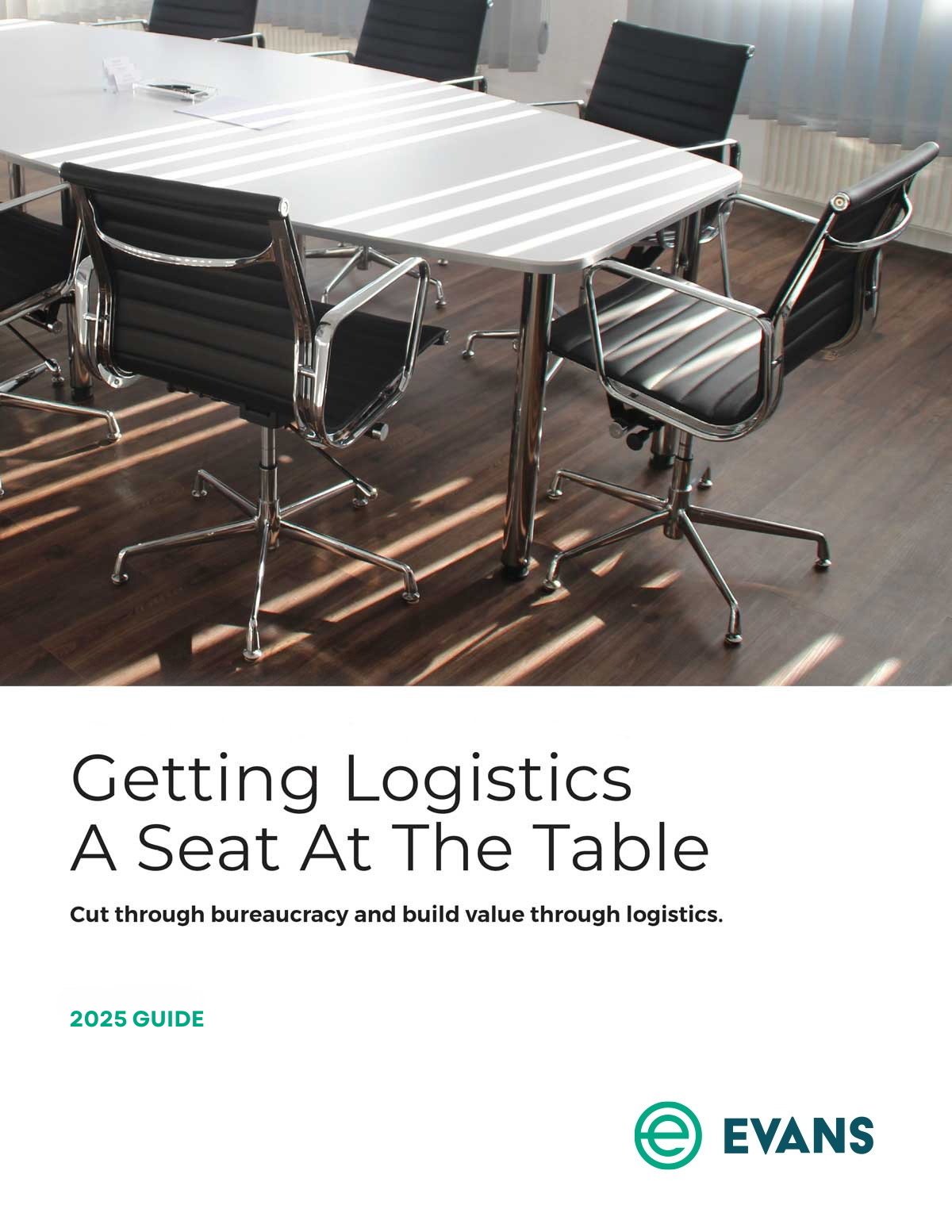The Parcel Solutions team at Evans has you covered.
Happy New Year from Evans Transportation! As we head into 2024, we look at the Parcel segment and share some pointers with you on how to keep your costs down.
The recently enacted 2024 UPS and FedEx Small Parcel rate increases will no doubt drive up shipping costs significantly, putting a strain on businesses' bottom lines. Although both carriers put in place a 5.9% general rate increase, many shippers will experience a much larger jump in their overall parcel shipping expense. It’s critical to highlight that the 5.9% rate increase is specific to base freight charges only, with many accessorials and other cost components increasing at a much faster rate.

To effectively mitigate the impact of this rate surge, businesses need to adopt a proactive and strategic approach to their shipping operations. Here are some key strategies to consider:
- Conduct a Parcel RFP to Renegotiate Carrier Contracts and Examine Alternative Carriers
RFP stands for Request for Proposal, and it is a crucial tool for evaluating your current carrier contracts and exploring alternative options. Initiating an RFP process will allow you to compare rates and services across different carriers, identify potential cost savings, and negotiate more favorable contract terms. Execute your RFP in a manner most appropriate for your future business needs and carrier partnerships, considering strategies like a target rate negotiation with current providers, competitive bid scenario, or a full-scale RFP considering all eligible carriers that may be a fit for your parcel business.
- Audit Parcel Invoices, Normalize and Standardize Parcel Data
Regularly reviewing parcel invoices is essential for identifying potential rate errors, service failures, or unnecessary charges that can inflate your shipping costs. A best-in-class audit partner will normalize and standardize parcel data to ensure accurate reporting and facilitate better comparisons. This audit can be done in the background and ensures that you are paying the appropriate amounts, receiving refunds where eligible, and can also help strengthen your carrier partnership by eliminating discrepancies and improve your carrier payable process.
- Put Surcharge Spend Under the Magnifying Glass
Examine your surcharge spend closely to identify areas where you can reduce or eliminate these additional charges. Common surcharges include fuel surcharges, residential delivery charges, oversize surcharges, and remote area surcharges. Work with your carriers to negotiate more favorable terms or explore alternative service options that may not incur these surcharges. Proactively monitor your surcharge amounts to flag when these costs may be going up, so that you can operationally address the issues at the root cause.
- Utilize Services Appropriately
Ensure that you are utilizing carrier services in a way that aligns with your needs and shipping volumes. Many shippers rely too heavily on air products when ground delivery will arrive at the same time thereby unnecessarily driving up costs. Center service utilization around things like internal requirements and client demands, while also crafting strategies to steer those needs into the most advantageous service levels.
- Rate Shop Among Carriers to Optimize Service and Spend
Regularly rate shop across different carriers to identify the most competitive rates for your specific shipping needs. Consider factors such as service levels, shipping volumes, and delivery destinations when evaluating different options. It may be that some service levels or shipment types are a better fit for different carrier partners, so be mindful of executing individual shipments accordingly.
- Optimize Packaging and Consolidate Volumes – to the Right Size/Weight
Choose packaging materials that fits the dimensions of your items to avoid unnecessary dimensional surcharges. Consolidating multiple small shipments into a single larger shipment can drive operational savings. Consider partnering with a packaging consultant who can help you implement the optimal packaging solution for your business. This can also support other areas of the business like sustainability or sales/marketing through branded packaging solutions.
- Get Creative – Order Pickup Options, Ship from Store, Position Inventory, Customer Incentives for Early Shipping and Cheaper Options
Explore creative shipping strategies to reduce costs. Consider offering order pickup options for customers, shipping from retail stores to reduce shipping distances, positioning inventory strategically to minimize transportation costs, and providing incentives for customers to opt for early shipping and cheaper options.
By implementing these tactics, businesses can effectively mitigate the impact of the 2024 UPS and FedEx rate increases, maintain control of their shipping costs, and set the business up for operational and strategic success in 2024 and beyond. Proactive planning and a strategic approach to shipping operations can play a pivotal role in ensuring that businesses remain competitive and profitable in the face of rising shipping expenses.
Reach out to the Evans Parcel Solutions team to learn more about how we can quantify the precise impact of the 2024 GRI to your business, and coach you through the appropriate steps to mitigate the cost impact. Keep Moving!
Comments
Subscribe to our Blog
© 2025 Evans Transportation Services, Inc. All rights reserved.

